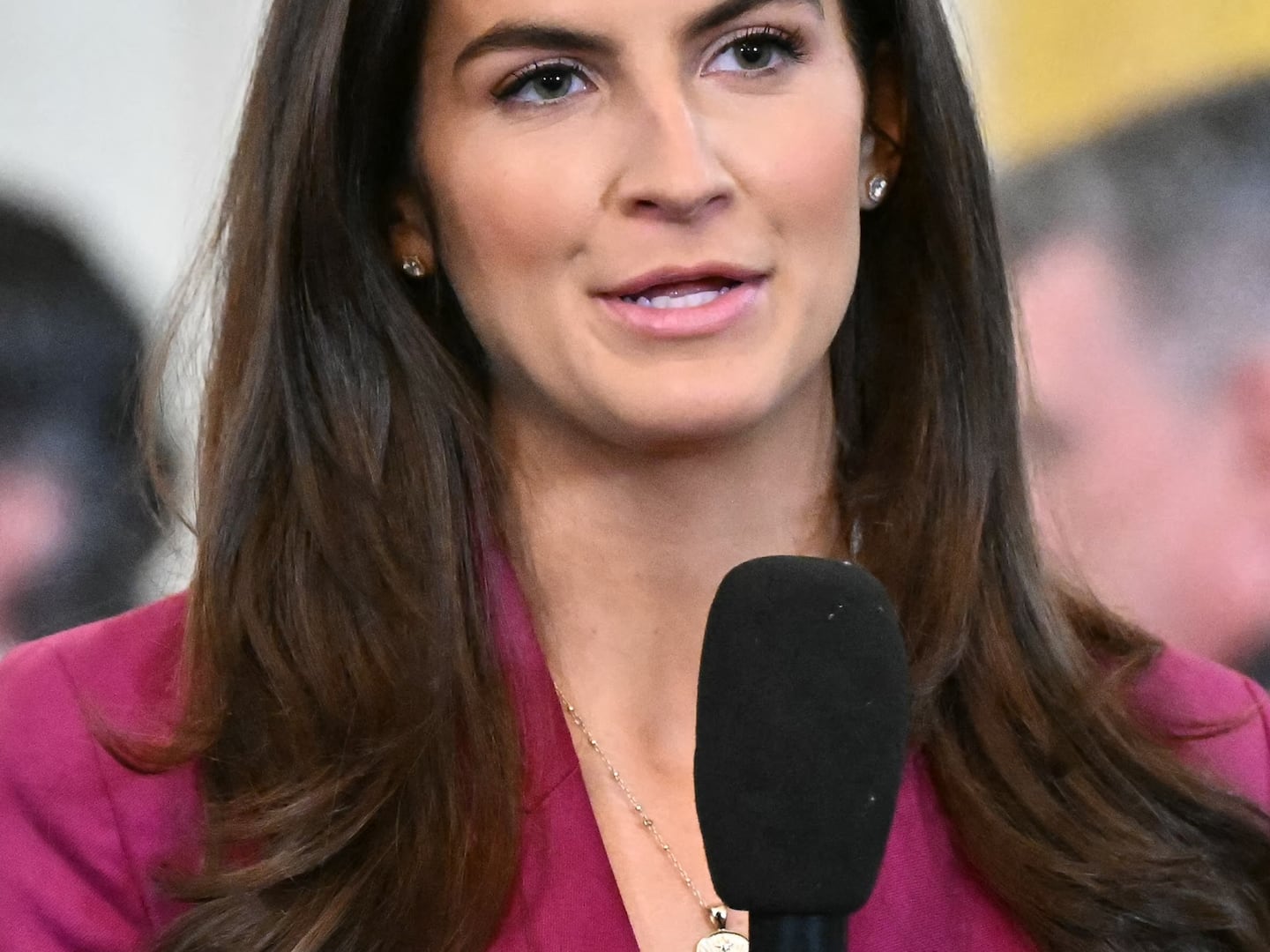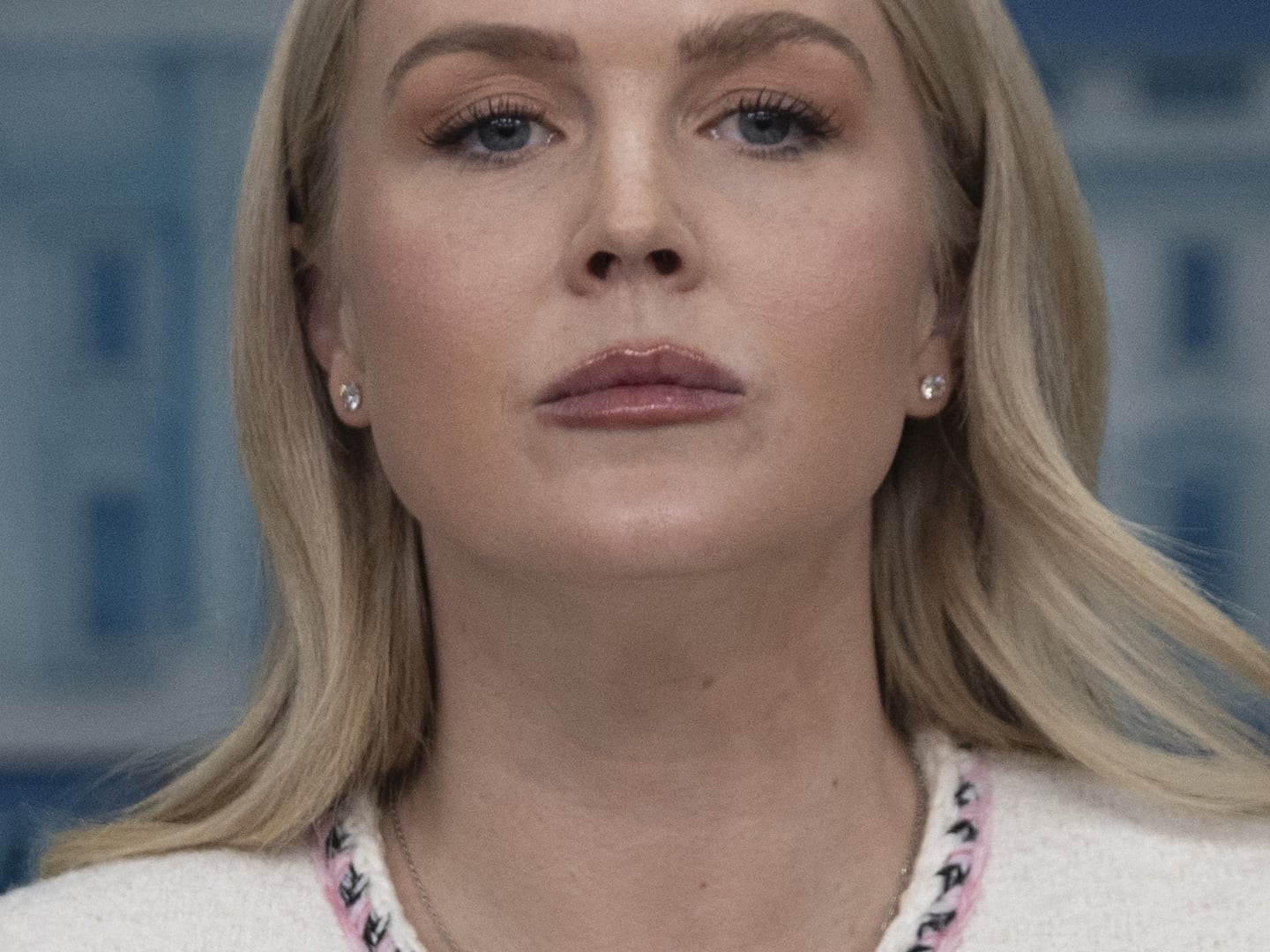
“Why do Janet Napolitano, Sonia Sotomayor, and Elena Kagan all look like linebackers for the New York Jets?” asks Jason Mattera, editor in chief of HumanEvents.com. Which raises my question: Why do women like Napolitano, Sotomayor, and Kagan have to put up with these comments? Even more to the point, what in our culture makes commentators like talk show host Michael Savage feel entitled to comment that Kagan “looks like she belongs in a kosher deli.” Attractiveness is not exactly a qualification for judicial office. Not all the male justices on the Supreme Court are eye candy, but their confirmations didn’t trigger this kind of ridicule.
These comments about Kagan are part of a long tradition of taking down uppity women. During Hillary Clinton’s Senate campaign, panelists on CNN’s Larry King Live described her as “fat” and “bottom heavy.” And during her presidential campaign, Rush Limbaugh asked whether Americans will “want to watch a woman get older before their eyes on a daily basis.” Men can gain gravitas with their age. Women risk ridicule for trying too hard or not hard enough. It is a telling reflection of our cultural preoccupations and priorities that Sarah Palin’s campaign paid more for her makeup artist than her foreign policy adviser.
Looks are one of the last frontiers of acceptable bigotry.
Of course male public figures are not immune from scrutiny. The waistline of Al Gore and the $400 haircut for John Edwards earned their share of derision. But the scrutiny of women is more intense, the standards more exacting, and the diversion of attention from achievement to appearance more common. Moreover, female employees can be punished for being too attractive as well as not attractive enough. In upper level positions in historically male-dominated occupations, beautiful or sexy women are subject to what sociologists label the “bloopsy” effect. They are assumed to be less intelligent and competent than women of more normal appearance. A recent example is the woman who claims she lost a Citibank job because her male colleagues found her figure and fashion “too distracting.” When Katie Couric became the first female anchor of network nighttime news, many wondered whether she was up to the job or had gotten it for the “right” reasons. After all, noted The New York Times, “Unless CBS designs a new anchor desk, Ms. Couric’s well-toned legs will no longer be on prominent display.”

Still, women who have all the substantive qualifications for such a position, but lack the right age, ethnicity, or “look,” face even greater hurdles. Viewers will accept Walter Cronkite and Larry King, but not the female equivalent. When a female meteorologist lost her position on a weather show for appearing too “matronly” and “dowdy,” television host Conan O’Brien described her problem as “partly saggy with a chance of menopause.” Looks are one of the last frontiers of acceptable bigotry.
Yet pointing this out is likely to unleash the prejudices at issue. I got a recent taste after publishing an op-ed in The Washington Post. The editorial summarized themes from my just released book, The Beauty Bias, which documents the price of prejudice and proposes some legal and cultural strategies to address it. It was surprising to discover how many individuals were willing to take time from their busy day to send hate mail on the order of “I just bet that you yourself are one ugly c---.” Some readers, annoyed that no author picture accompanied the article, felt strongly enough to do independent research. One explained: “knowing there had to be a reason why [you would write about bias] I looked you up in the Stanford Faculty Directory and then all the pieces fell together… I’m sure Stanford has to tie a bone around your neck to get even the campus dogs not to run away from you.” Several hundred online posts following the article included more of the same. One reader proposed taking up a collection so I could “buy …a burqa: This would certainly improve the aesthetics around Stanford.”
• Complete coverage of Elena Kagan The problem is not simply the price that less attractive individuals pay in hiring, promotion, and salaries even in jobs where appearance is unrelated to performance. The problem is also the price all of us pay for our cultural preoccupation with attractiveness. In financial terms, the annual global investment in appearance totals over $200 billion. Americans alone spend some $40 billion on diets. Much of this expenditure fails to deliver; 95 percent of dieters regain their weight within one to five years, and many grooming products are what dermatologists label “cosmetic hoo ha.” Vast amounts are squandered on high-priced wrinkle creams although a Consumer Reports study found no correlation between price and effectiveness.
In the fantasy land of diet marketers, miracle products abound. Product claims that the Federal Trade Commission has targeted as misleading include: a seaweed “Silhouette Patch” that reportedly attacks fat deposits and causes rapid weight loss without dieting; a Chinese herbal cellulite cream that supposedly eliminates up to 95 pounds of fat with “No Will Power Required”; and a Himalayan “Diet Breakthrough” with Nepalese Mineral Pitch that asserts it yields up to 37 pounds of weight loss without diets or exercise. Such ludicrous promises persist because, according to Harris polling data, most Americans believe that companies can’t make product claims without evidence to support them. Yet for thousands of products, evidence is lacking because so are budgets for enforcement. Government agencies cannot begin to keep up with the barrage of fraudulent grooming and weight reduction advertisements.
Nor do these agencies have authority to test the safety of cosmetics before marketing. As a consequence, 80 percent of the 10,000 ingredients used in makeup and personal care products have never been evaluated by the Federal Food and Drug Administration. An Environmental Working Group survey found that nearly 400 products sold in the United States contained chemicals that are prohibited in other countries, and that even more had contents considered unsafe by the American industry’s own standards.
We have always known that it hurts to be beautiful, and that it hurts even more not to be beautiful. But few of us realize how much. Although our prejudice runs deep, we can do more to reduce its most unjust and unnecessary forms.
Plus: Check out Book Beast, for more news on hot titles and authors and excerpts from the latest books.
Deborah L. Rhode is the Ernest W. McFarland Professor of Law and the Director of the Center on the Legal Profession at Stanford University. A former law clerk of Justice Thurgood Marshall, a former president of the AALS, a former chair of the ABA's Commission on Women in the Profession, and a former director of both Stanford's Center on Ethics and its Institute for Research on Women and Gender. Her book, The Beauty Bias: The Injustice of Appearance in Life and Law, was published this spring.






